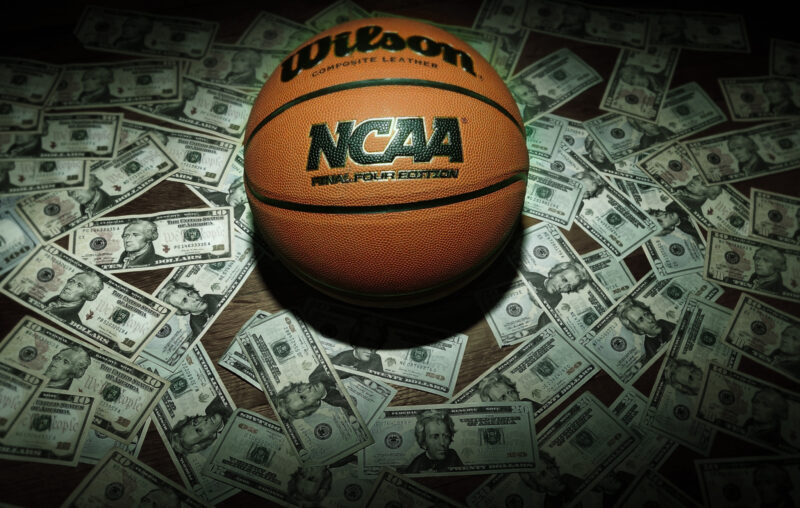In Defense of Cash Grabs

The Most Wonderful Time of the Year is almost upon us: It’s just about college football season. People are aflutter about the usual questions about who will win the national championship and the Heisman trophy, but they’re also up in arms about the recent flurry of conference realignment. I’ve heard some people dismiss the chaos as a mere cash grab. While we might want to have a moment of silence for hallowed rivalries (good bye, Iowa-Rutgers), conference realignment ultimately means a better Saturday product, on the whole.
That’s to say there’s nothing necessarily ignoble about a cash grab. The expanded College Football Playoff coming in 2024 is all about the money, and that’s a good thing. In a commercial society without too much political interference, “all about the money” means “all about what legions of consumers are willing to vote for and against with their hard-earned dollars.”
Here is what has happened so far. The runup to the coming season brings a lot of intrigue after the Pac 12 finished imploding–Coach Prime’s Colorado Buffaloes went back to the Big 12, Oregon and Washington followed conference mates USC and UCLA to the soon-to-be eighteen team Big Ten, and shortly after that Arizona, Arizona State, and Utah decided to join Colorado in the Big 12. The sports world waits to see what will become of Cal and Stanford. There are rumors that the ACC, which has a horrific TV deal, is about to lose Florida State and Clemson, and the talking heads of the sports world are wondering if the SEC should add them even though they are already in the SEC’s geographic footprint if for no other reason than to keep them from joining the Big Ten. Chaos reins.
The additional tens if not hundreds of millions of dollars to be made from superconference college sports will be made in that the additional dollars are stand-ins for the difference between the value of newly-created regular matchups like UCLA-Michigan and Georgia-Oklahoma and some of this coming season’s offerings like UCLA’s game against North Carolina Central and Georgia’s blockbuster matchup against UT-Martin.
The truth is that college sports in the day of streaming services and multibillion dollar deals with ESPN is a very different place than it was when you had to either go to the game in person or listen on the radio. It’s even a very different place from the 1980s and 1990s, when regional coverage meant that people in central Ohio who wanted to watch the Alabama-Tennessee game (like my family did) had to wait for the sports updates on Headline News to find out who was winning. In 2023, you can set up a de facto sports bar in your living room with laptop and a tablet to complement the game on your main TV, and I wonder how much longer we we have to wait before a game or two every week gets played in Europe and broadcast in the US at 9 AM Eastern.
Who are the biggest winners from all this? Consumers, of course. It might seem like it’s the bigwigs of the college sports world. Nick Saban makes a lot more than your economics professor because people will pay handsomely for the fruit of his labor, and you can might only need the hand of dead-ball era baseball legend Mordecai “Three Finger” Brown to count the number of people who can do what he does, and he can probably look forward to an even bigger contract in an eighteen or twenty team SEC. What they bring in for themselves, ultimately, is but a few drops in the consumers’ prosperity pool.
It might also mean a much better deal for the players. Big time college sports has a major problem: People who play football for the Michigans and Florida States of the world are de facto professional athletes, they should be paid like it, but they aren’t because the NCAA is a successful and well-protected cartel. Name/Image/Likeness deals have been a step in the right direction, and I hope the new era of hyperdollar superconferences brings the old system down and replaces it with a much freer market. If nothing else, it will force us to be more honest about what we are doing.
Some people say it doesn’t make sense. And indeed, it probably doesn’t to the observer, particularly the observer who dismisses sports like college football as the brutish pastime of the unlettered and ignorant. It doesn’t have to make sense to the outside observer, however, because “the system” is not something a single mind designed but the unintended consequence of innumerable individual choices in response to (sometimes badly distorted) incentives. There are a lot of problems in college athletics. The fact that some people are making gobs of money is not one of them.









